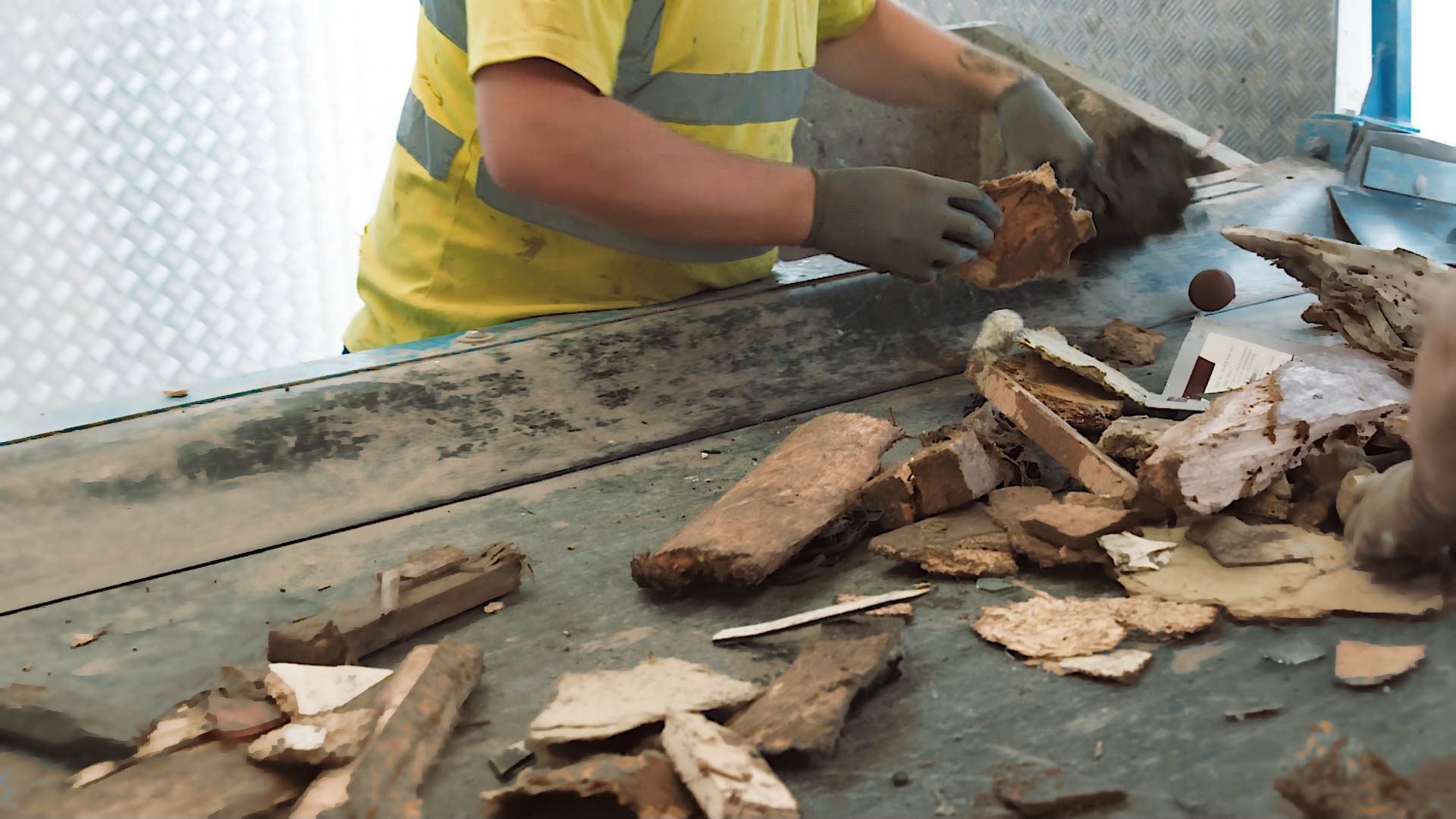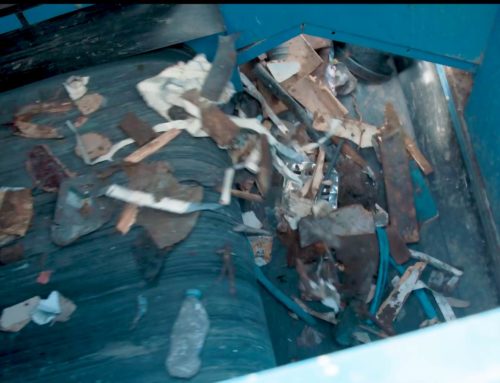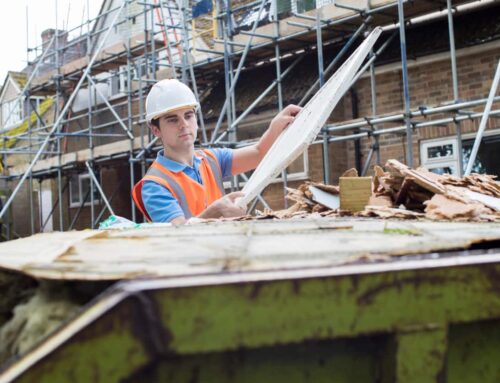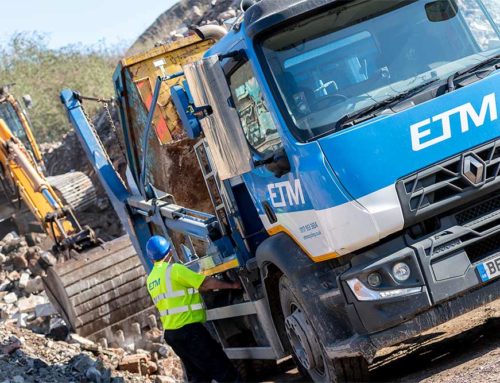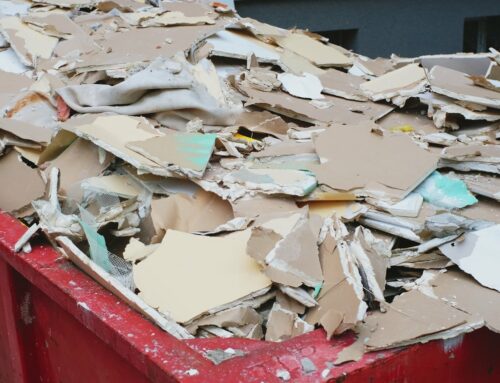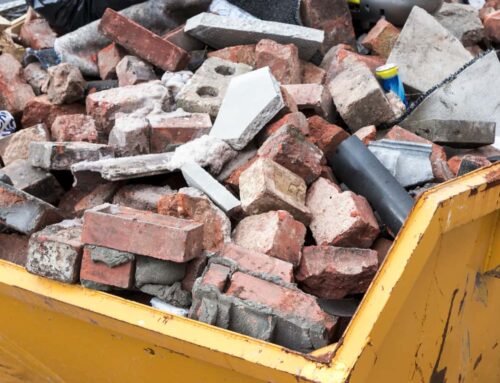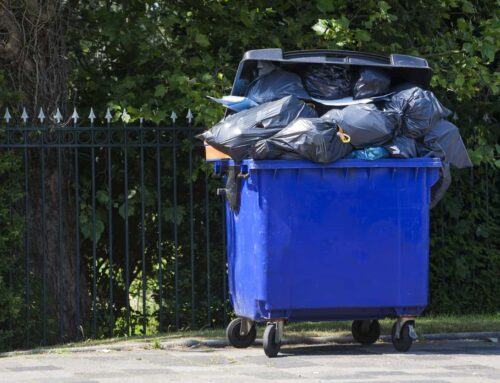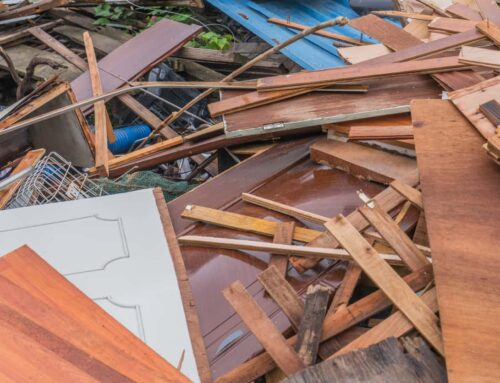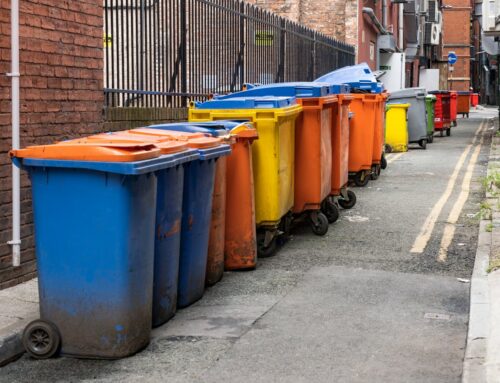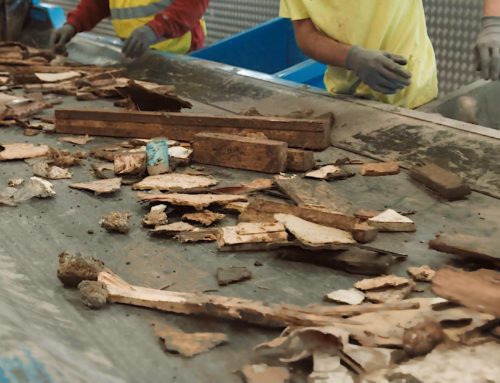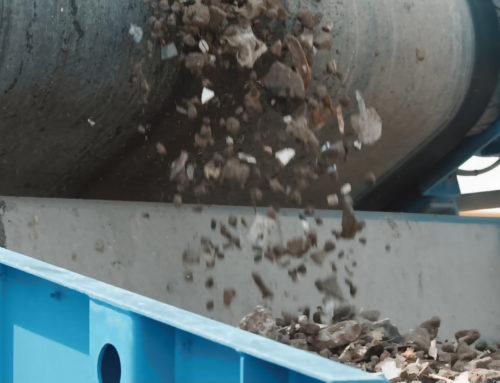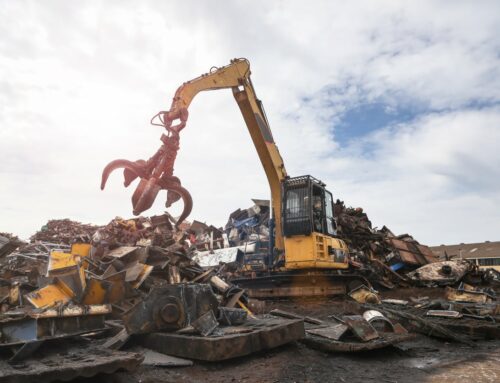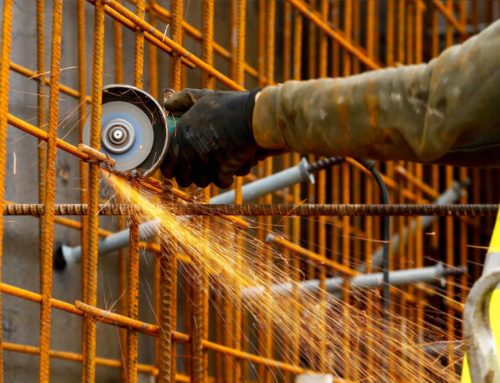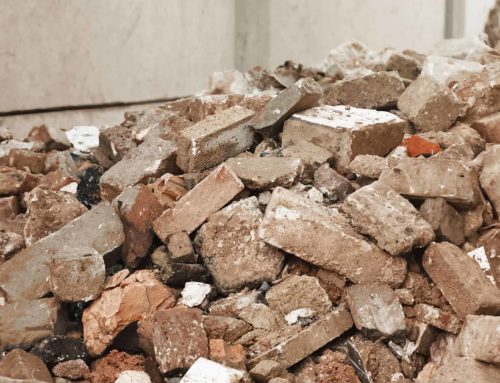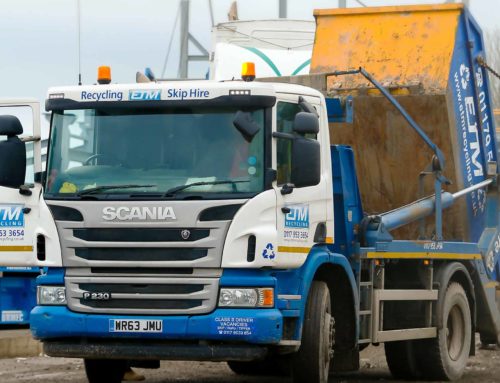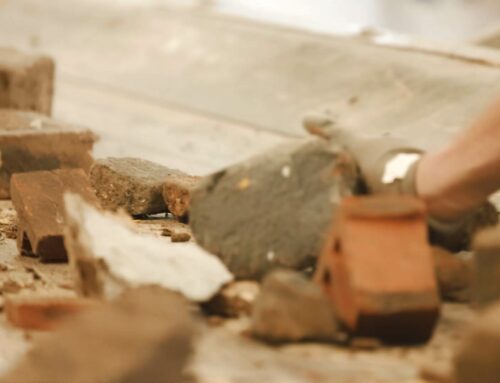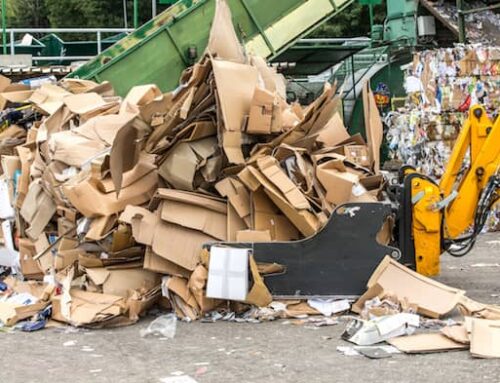Changes to Wood Waste Regulations in 2023
Stay up to date on the latest developments and changes to regulations in wood waste regulations. The Wood Recycling Association (WRA) has conducted a series of examinations resulting in the withdrawal of the Regulatory Position Statement (RPS) 250, changing the way that several types of wood waste need to be classified and handled.
Find out more about the changes in regulation and how they might affect you >
According to The Wood Recyclers Association, nearly 2.8 million tonnes of the UK’s wood waste gets recycled. This amounts to about 60%, which is not bad – but could definitely be improved! With forests making up only 31% of the world’s surface, preserving and growing this figure is an environmental imperative for us all. Between 2015 and 2020, the rate of deforestation was estimated at 10 million hectares per year.
Wood recycling is a great way to limit the demand for new virgin timber and reduce the amount ending up in landfill. Whilst wood is technically biodegradable, in large pieces the process takes a long time. Finding alternative disposal methods is, therefore, essential.
ETM Recycling are a waste management and recycling company based in the UK. Founded in 2010, we’ve established ourselves as leaders in our sector, delivering a seamless customer experience every time. We’re fully certified by SGS UK and UKAS; committed to sustainability and an impeccable standard of service.
In this guide, we explain the process of wood recycling, the benefits, and what it can be used for.
Is Wood Recyclable?
Wood can be recycled, but it will generally need to go to a specialist facility. There, it must be properly assessed, graded, and sorted. This is because untreated, clean wood is much easier to recycle than treated, contaminated wood. Contaminants that can make recycling difficult include paint, stains, metals like nails, and plastics. But, in the right hands, wood recycling can be highly successful, and is a great way to boost your business’ waste management.
Read more: How to Improve Waste Management
How is Wood Recycled
Recycling wood generally involves processing in multiple stages to break it down. In the first stage, the waste wood will be sorted into grades ranging from A to D. The grades are determined essentially by the level of contamination:
- Grade A – clean, untreated wood.
- Grade B – grade A alongside wood from construction and demolition sites.
- Grade C – may contain A and B as well as panel products like MDF and plywood.
- Grade D – hazardous waste wood from fencing and railways, as well as any wood that may contain copper, chrome, arsenic, or creosote.
Once the wood has been separated into these grades, it can move onto further processing. The next stage (unless any wood is reclaimed for reuse) is the primary shredding of the wood using industrial machines. After this, the wood chips can be further refined by using magnets to remove metal contaminants. Then, the wood can either be processed into panel board, used for burning, or further shredded and granulated depending on its intended use.
Read next: 6 Benefits of Recycling Wood
Why You Should Recycle Wood
Recycling wood is a great way to mitigate your business’ environmental impact. Not only will you reduce your reliance on landfill by recycling waste timber, but you will also reduce the need for virgin materials. Though timber is a renewable resource, it takes a long time for a tree to reach full maturity. Recycling wood reduces the need to cut down more trees, preserving the forests we have.
But it’s not just about the environment. Limiting the amount of wood waste your business is sending to landfill is good for your wallet too. Landfill tax can rapidly add up, making the cost of sending wood for recycling a more economical option.
How to Create & Achieve a Zero Waste to Landfill Strategy >
What is Recycled Wood Used For?
Once shredded, recycled wood can be used for a variety of applications, including:
- Landscape Surfaces – e.g., mulches or ground covering for gardens, pathways, horse gallops, play areas.
- Animal Bedding – e.g. horses, cattle, commercial and domestic poultry, guinea pigs, rabbits.
- Panel Board – shredded wood can be used to create sheet materials such as plywood, particleboard, chipboard, OSB, and MDF.
- Biomass – chipped wood can be burned at a specialist biomass facility to create energy that is largely considered carbon neutral due to carbon absorbed during the tree’s growth.
Of the wood that gets recycled, 65% is chipped to be used as biomass fuel. Panel board manufacture commands another 26%, and the remaining 9% accounts for animal bedding and landscaping applications (source).
Wood Recycling with ETM Recycling
ETM Recycling help industrial, construction, and commercial businesses recycle their wood in the most environmentally friendly way possible. Alongside this, we also serve domestic clients, ensuring all types of timber materials are dealt with sustainably. Every day, we sort 80 tonnes of wood, repurposing what might have been thrown away into furniture, building materials, and green fuel.
Get in touch and learn more about how we can help you dispose of your waste in a better, greener way!
See more: Plastic Waste Recycling – The Ultimate Guide to Plastic Recycling
